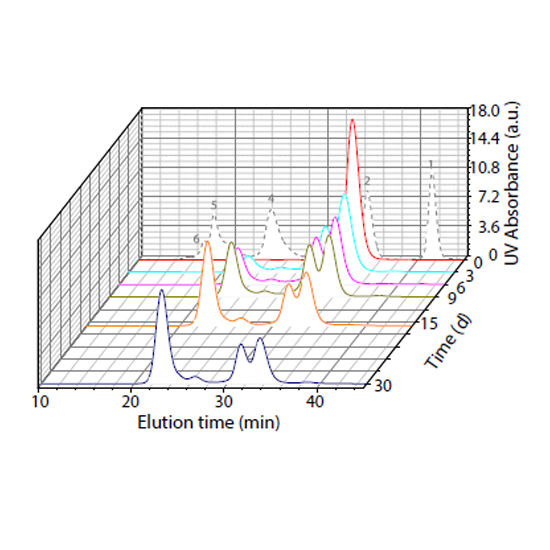A peptide extension dictates IgM assembly
27-Sep-2017
PNAS, https://doi.org/10.1073/pnas.1701797114
PNAS, online article
Professional secretory cells can produce large amounts of high-quality complex molecules, including IgM antibodies. Owing to their multivalency, polymeric IgM antibodies provide an efficient first-line of defense against pathogens. To decipher the mechanisms of IgM assembly, we investigated its biosynthesis in living cells and faithfully reconstituted the underlying processes in vitro. We find that a conserved peptide extension at the C-terminal end of the IgM heavy (Ig-μ) chains, termed the tailpiece, is necessary and sufficient to establish the correct geometry. Alanine scanning revealed that hydrophobic amino acids in the first half of the tailpiece contain essential information for generating the correct topology. Assembly is triggered by the formation of a disulfide bond linking two tailpieces. This induces conformational changes in the tailpiece and the adjacent domain, which drive further polymerization. Thus, the biogenesis of large and topologically challenging IgM complexes is dictated by a local conformational switch in a peptide extension.











